Documentary filmmaking styles encompass various approaches that highlight real-life stories, including expository, observational, participatory, reflexive, and performative styles. Expository documentaries focus on delivering information with a guiding narrator, while observational documentaries capture events as they unfold without filmmaker interference. Participatory documentaries involve interaction between the filmmaker and subjects, creating a dialogue, whereas reflexive documentaries emphasize […]
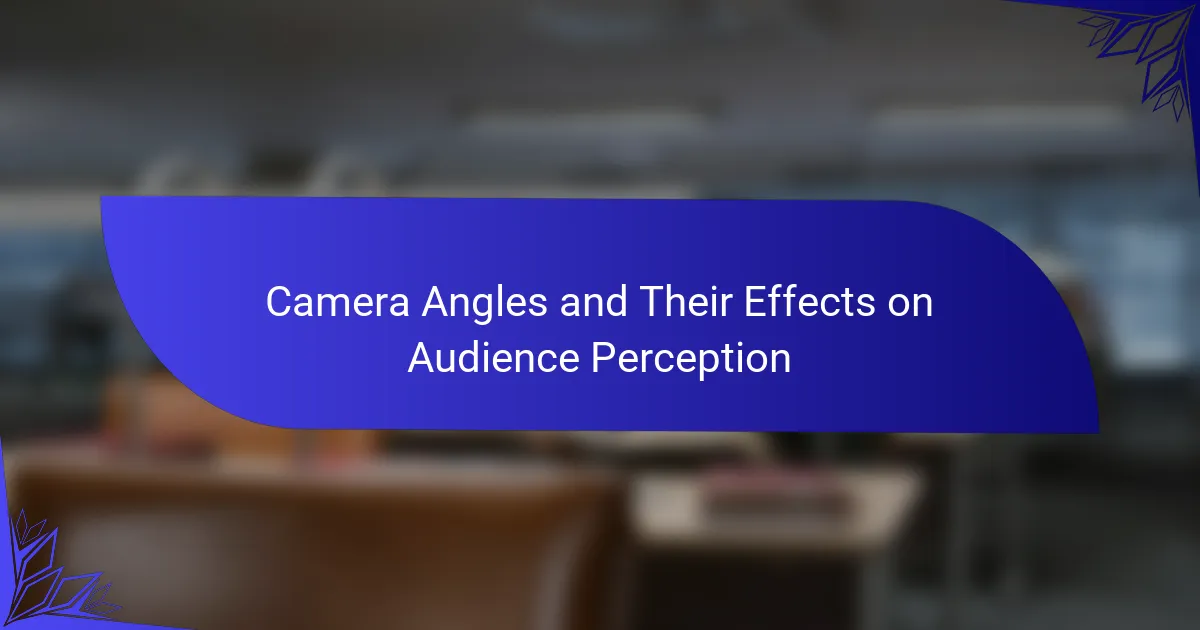
Camera Angles and Their Effects on Audience Perception
Camera angles are specific positions from which a camera captures a scene, playing a crucial role in visual storytelling. This article explores various types of camera angles, including high angle, low angle, eye level, bird’s eye view, and Dutch angle, and their impact on audience perception and emotional response. Each angle influences how characters and […]
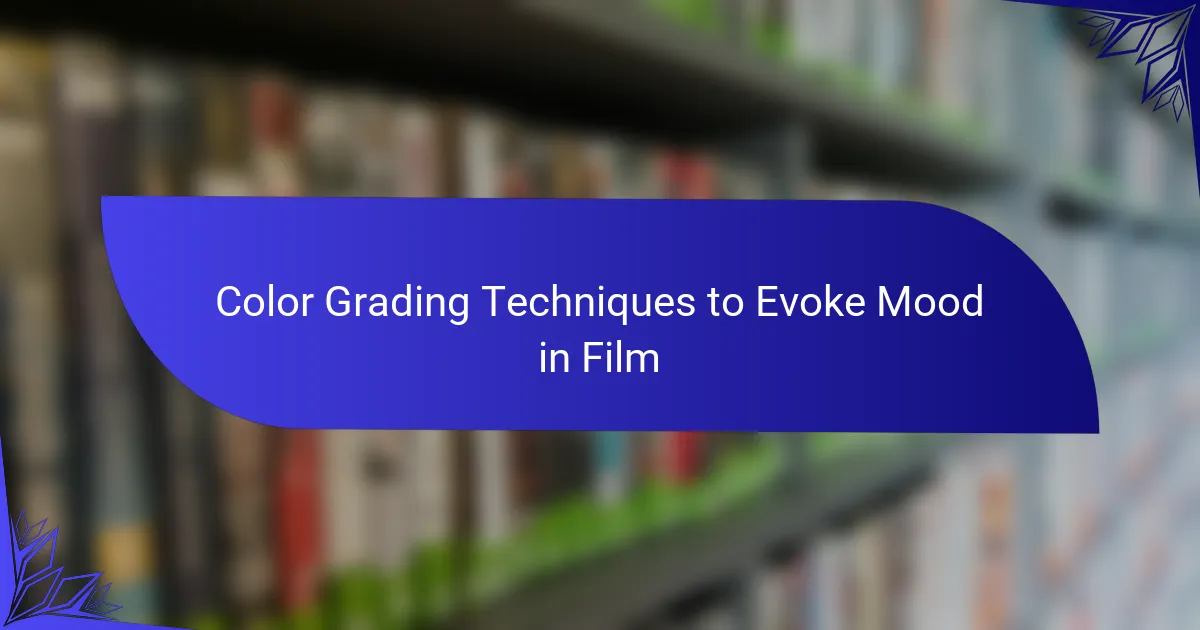
Color Grading Techniques to Evoke Mood in Film
Color grading techniques in film are essential methods used to enhance or alter the color of footage, significantly influencing the visual tone and mood of a film. Key techniques include color correction for consistency, color stylization for a specific aesthetic, and the application of LUTs (Look-Up Tables) for predefined color settings. Additionally, secondary color grading […]
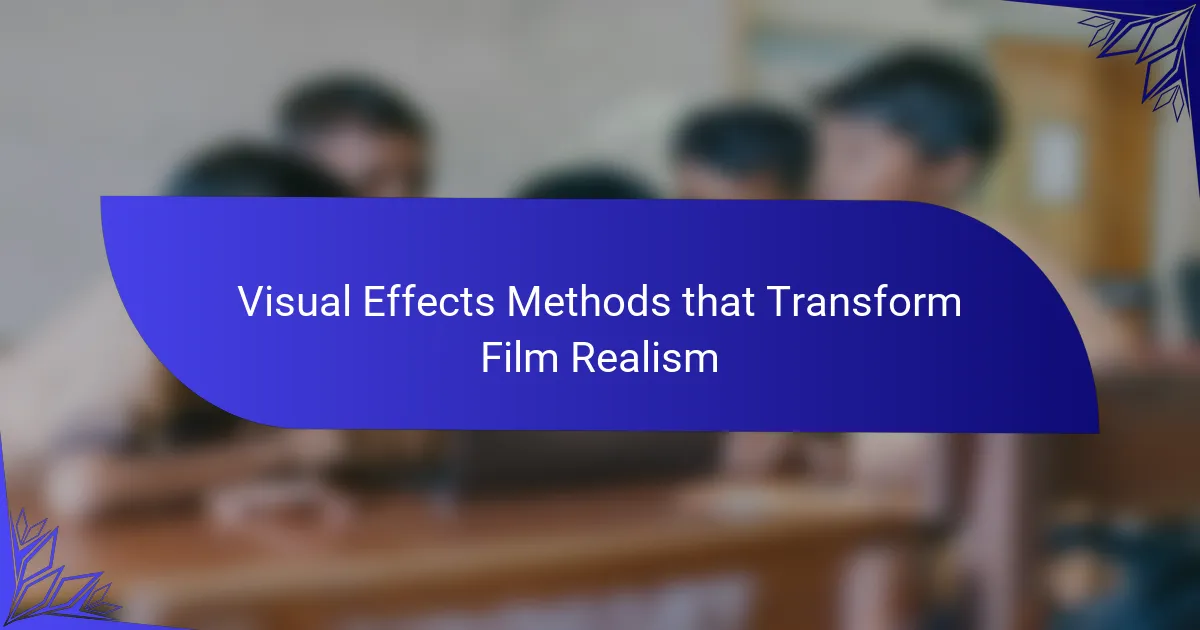
Visual Effects Methods that Transform Film Realism
Visual effects methods that transform film realism include computer-generated imagery (CGI), practical effects, and compositing. CGI enhances storytelling by creating lifelike visuals, while practical effects utilize physical props and models to add tangible realism to scenes. Compositing integrates multiple visual elements into a single frame, blending real and digital components seamlessly. Motion capture technology translates […]
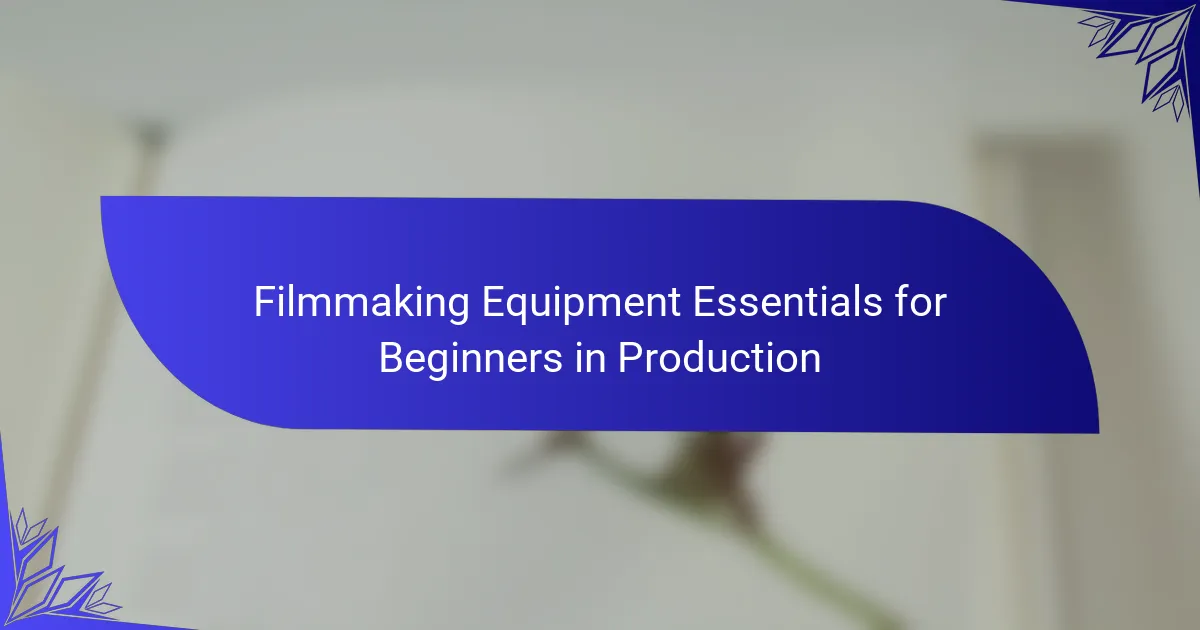
Filmmaking Equipment Essentials for Beginners in Production
Filmmaking equipment essentials for beginners in production include key items such as a camera, tripod, microphone, lighting kit, memory card, and camera bag. A camera, whether a DSLR or mirrorless, is vital for capturing high-quality video content. A tripod ensures stability for steady shots, while microphones significantly enhance audio quality, with external options often preferred […]
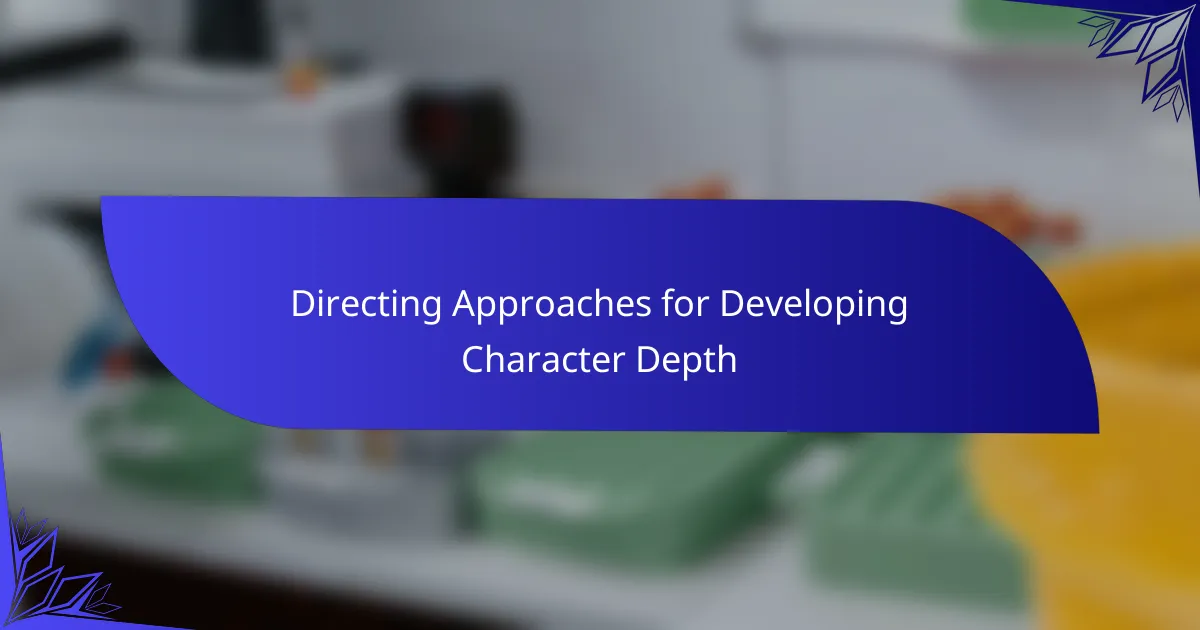
Directing Approaches for Developing Character Depth
The article focuses on directing approaches for developing character depth in film and theater. Key techniques discussed include character backstory exploration, emotional arc mapping, and actor collaboration, which enhance actors’ understanding of their roles and motivations. Additionally, the article highlights the importance of nuanced dialogue and visual storytelling in creating multi-dimensional characters that resonate with […]
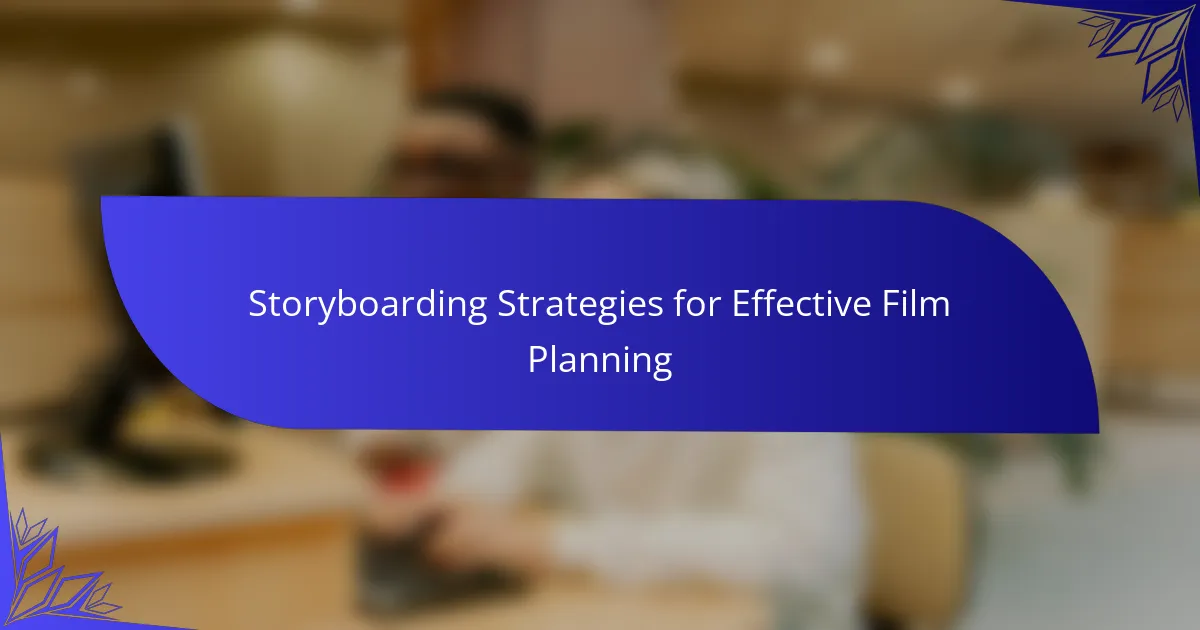
Storyboarding Strategies for Effective Film Planning
Storyboarding is a crucial strategy in film planning that involves creating visual representations of scenes to organize the narrative and visualize the sequence of events. Each storyboard frame captures a key moment or shot, aiding filmmakers in identifying pacing and transitions while enhancing communication among the production team. Techniques such as thumbnails, digital storyboarding software, […]
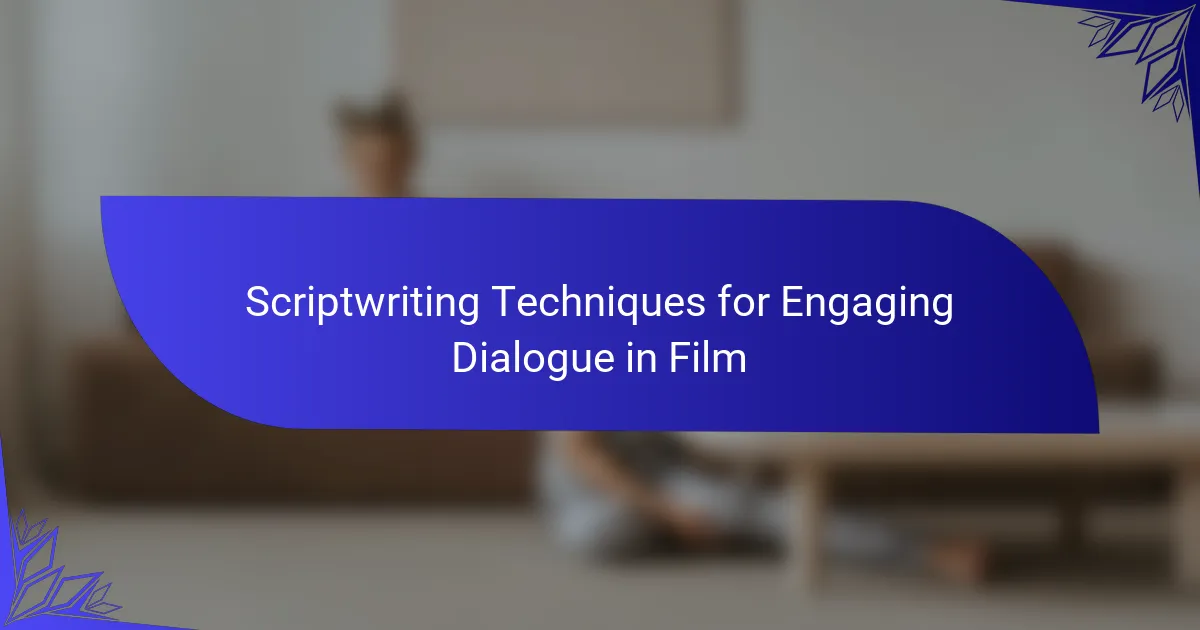
Scriptwriting Techniques for Engaging Dialogue in Film
The article focuses on scriptwriting techniques for creating engaging dialogue in film. Key techniques include the use of subtext, which allows characters to express emotions indirectly, and conflict, which drives narrative tension through opposing goals. Authenticity is emphasized to ensure that dialogue reflects characters’ unique voices and backgrounds, while pacing and humor are highlighted as […]
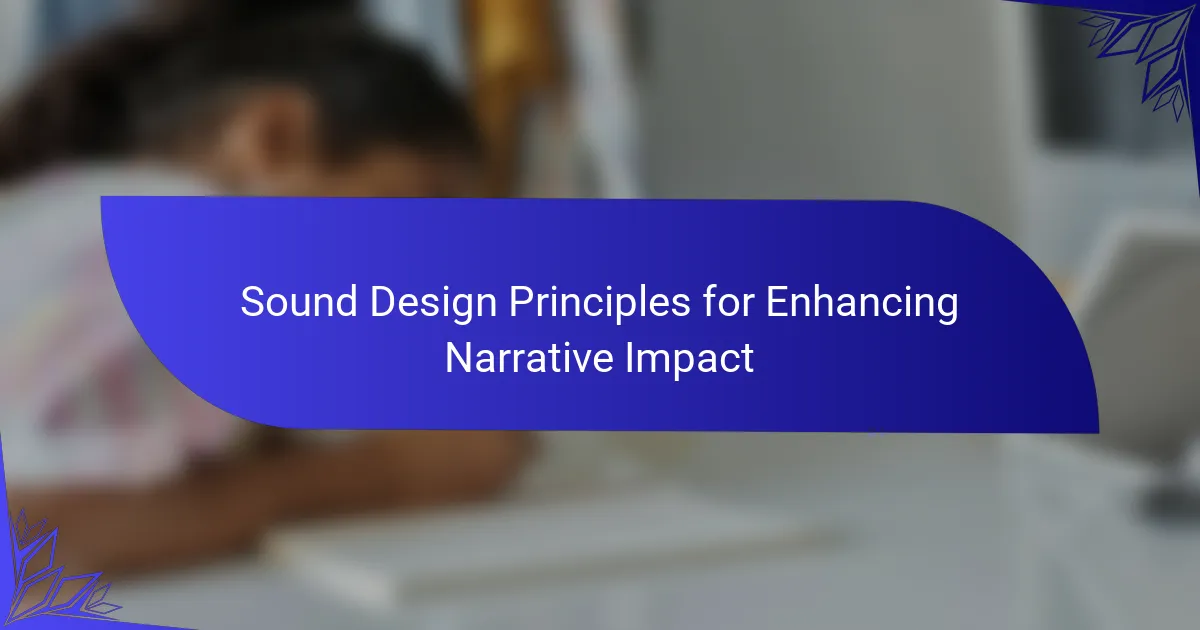
Sound Design Principles for Enhancing Narrative Impact
Sound design principles play a crucial role in enhancing narrative impact by effectively utilizing sound to support storytelling. Key techniques include diegetic sounds, which originate from the story world, and non-diegetic sounds, such as background music. The article discusses the importance of sound layering, dynamic range, pacing, and thematic consistency in creating an immersive auditory […]

Cinematography Techniques for Capturing Emotion in Film
Cinematography techniques are essential for capturing emotion in film, utilizing elements such as close-ups, lighting, color palettes, and camera movement. Close-ups foster intimacy and reveal emotions, while lighting sets the mood, with low-key lighting creating tension and soft lighting evoking warmth. Color palettes influence emotional responses, where warm colors suggest happiness and cool colors indicate […]
